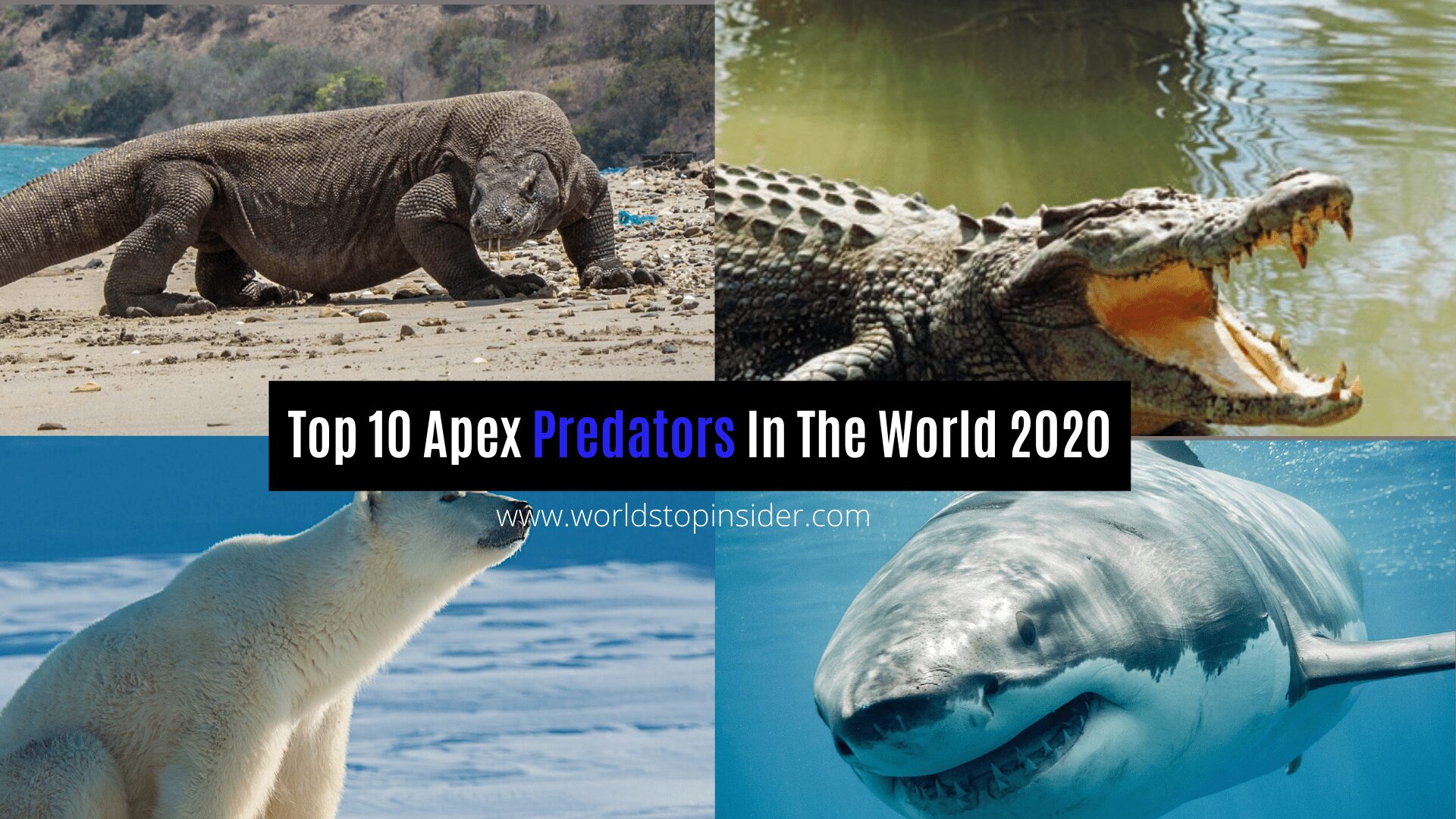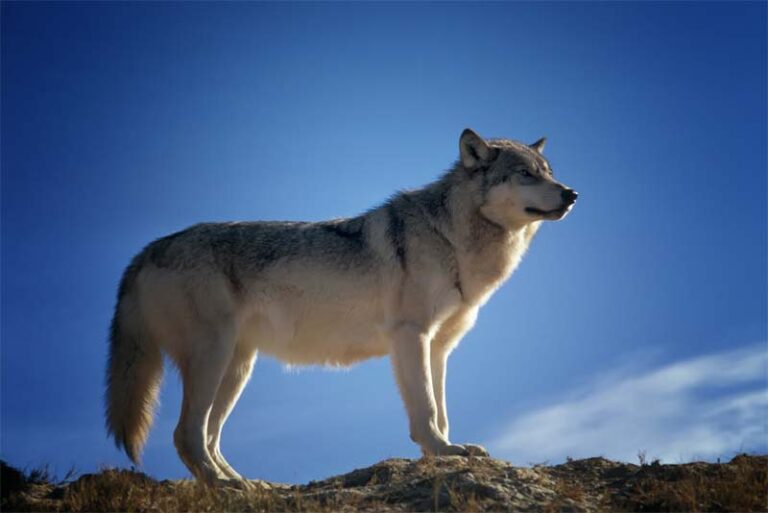

Reaching a maximum weight of around 1,000 kg / 2,200 lb., and length of 4.7 m / 15.6 ft, the American alligator is a similar size to other large crocodilians such as the Orinoco crocodile, black caiman and American crocodile.Īn apex predator, the American alligator typically hunts using an ambush strategy, waiting submerged in the water for potential prey to come within range of its explosive strike. The larger of the two living species of alligator (the other being the Chinese alligator), the American alligator is one of the world’s largest crocodilians, with only the saltwater and Nile crocodiles being significantly larger. The American alligator is a large reptile in the alligator family, Alligatoridae, endemic to (only found in) the southeastern United States. Scientific name: Alligator mississippiensis.You can see every dog species on this page: Dog Species List with Pictures & Factsĭiscover more African animals on this page: African Animals List with Pictures & Facts

You can find out more about African wild dogs on this page: African Wild Dog Facts These fragmented areas are unable to support the dogs in great numbers, and the species is now endangered, with a decreasing population. Human incursion into the dog’s natural habitat has caused the species’ range to become increasingly fragmented. The African wild dog requires an extremely large area in which to live and hunt. It preys mainly on antelopes, relying on its supreme endurance as it pursues its prey over large distances before the victim eventually succumbs to exhaustion. This apex predator can be easily recognized by its distinctive, patchy orange, black and white coat, long legs and large ears.Īlthough the range of the African wild dog covers much of sub-Saharan Africa, the species has an extremely low population density and is rarely seen.Ī highly-social animal, the African wild dog lives and hunts in packs containing from just a handful, to over twenty, individuals. The African wild dog is a member of the dog family Canidae found in sub-Saharan Africa (the region south of the Sahara Desert). You can find out more about ecosystems on this page: What Is An Ecosystem? This is often highly damaging to the overall health of the ecosystem. If an ecosystem can no longer support the required number of prey animals, its apex predators will be unable to survive. One of the primary causes is habitat loss. Several animals in the apex predators list below are endangered. Because apex predators are wholly reliant on healthy ecosystems, they are often the first victims when an ecosystem changes. All other forms of life are reliant on autotrophs.Įven the mighty tiger, an apex predator that strolls through the jungles of Asia without fear of being eaten by a larger, more ferocious animal, is reliant on energy produced by plants! Threats To Apex PredatorsĪlthough apex predators have no natural predators, they often have to deal with different kinds of threats. Autotrophs such as plants, which produce their own food via photosynthesis, are the primary producers in a food chain. Organisms that can produce their own food are known as autotrophs. Being heterotrophs, animals are unable to produce food, and therefore need to consume other organisms in order to survive. Below the secondary consumers are the primary consumers – herbivorous animals that eat nothing but plant material.Īll animals – even herbivores – are consumers. Below them in the food chain are the secondary consumers, which are both predators and prey of other animals.

In ecology, apex predators are known as tertiary consumers. Click on the names to find information on individual species, or scroll down to browse pictures and facts on all of the animals.Īpex predators sit at the top of the food chain and have no natural predators of their own. Also known as top predators, apex predators are animals at the top of the food chain.Įxamples of apex predators include mammals such as the lion, tiger, wolf, polar bear, orca and sperm whale reptiles such as the saltwater crocodile, American alligator, king cobra and green anaconda birds such as the bald eagle and wedge-tailed eagle, and fish such as the great white shark and great hammerhead shark.īelow is a list containing these and many other apex predators, with pictures and facts on each species. Apex predators are predators with no natural predators of their own.


 0 kommentar(er)
0 kommentar(er)
